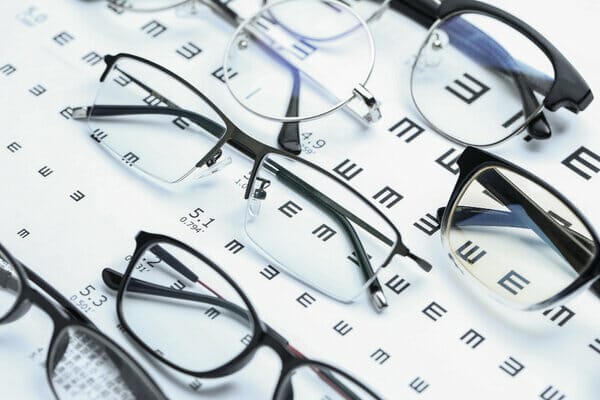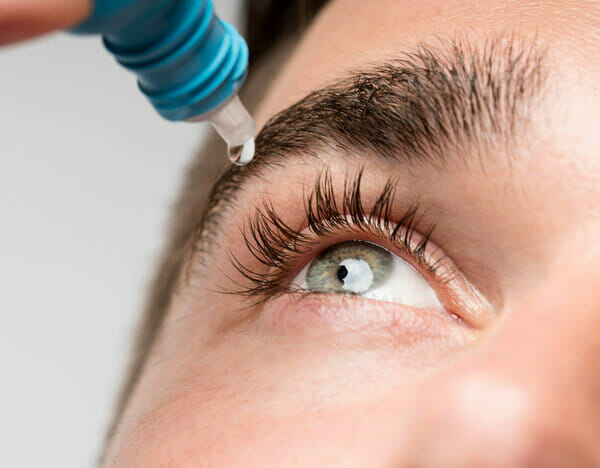Types of Eyeglasses
There are two main types of eyeglasses: single-vision and multifocal. Single-vision glasses have an all-purpose lens designed to help the wearer see better either up close or far away, while multifocal glasses correct for near and distant vision with the same lens--one portion of the lens focused for distance vision, with the other for up close tasks like reading.
Single-vision lenses are the more common type, being used by people with numerous types of focusing problems. Reading glasses are one example of single-vision lens glasses, and these can even be bought over the counter.
There are several types of multifocal lenses, but all are used to assist someone with more than one vision issue.
Bifocal lenses have a correction on the lower half to assist with reading, and another correction on the top half for distance vision. There are also specialized bifocals, known as double-D bifocals, which also have segments on the top half for glancing up at objects at closer ranges.
Trifocal lenses function similarly, but have three different lens corrections (for long, intermediate, and close ranges).
Progressive lenses operate similarly, but have a smooth transition instead of obvious dividing lines between the different sections. They look better, but they have smaller focal areas due to more of the lens being utilized for the transition, and they can cause more distortion than other lens types.















